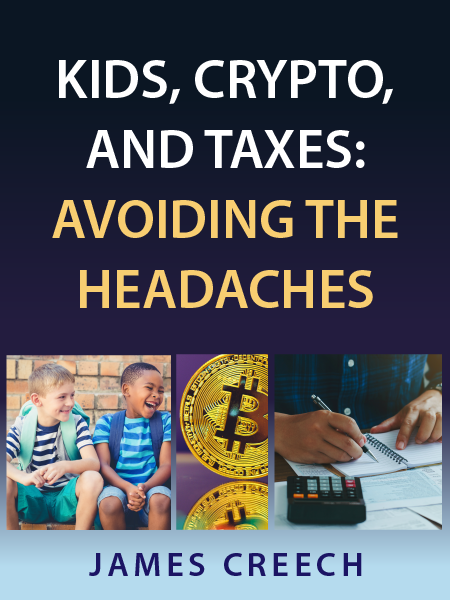Virtual currency is, by most objective standards, a new asset class. The oldest virtual currency is Bitcoin, which launched in 2009. In recent years, there has been a proliferation of technologies developed on Bitcoin’s promise of distributed trust. At various points over the last two years, Distributed Autonomous Organizations (DAOs) and Non-Fungible Tokens (NFTs) have all received headlines for both the technology and the dollars invested in what is now being referred to as Web 3.0. For most Americans, these acronyms come across as a foreign language, but many tech-native Gen Z members see them as fun ways to meet friends, create art, and maybe make a bit of money, too.

Occasionally, involvement in these projects turns out to be as lucrative as winning the lottery. For example, the NFTs Cryptopunks, which are digital artworks, could be purchased in early 2019 for as little as $100. In 2021, Cryptopunks routinely traded in the $2.5 million to $5 million range. While these types of potential gains get the headlines, the more common scenario involves teenagers trading low market cap “altcoins” dozens of times a day with their allowance money. Each trade in crypto creates at least two taxable events, even if the trade only gains or loses a fraction of a cent per coin.
Why these taxable events matter, more importantly (at least to most parents), is that the IRS is getting better and better at obtaining virtual currency information from third-party sources and then pursuing compliance actions. Additionally, the “kiddie tax” requires that parents include their child’s income on either a separate return or as part of their own return and that income is taxed at the parents’ marginal rate. So, a professional couple with a child who made $60,000 from virtual currency trades could have under-reported their tax liability by roughly $30,000 in federal and state taxes without knowing it. Worse yet, based upon the existing-information reporting done by the virtual currency exchange that executed the trades, the IRS may know about the trades before the parents do. And the odds of the IRS learning of the activity before the parents is only going to increase as the exchanges implement the enhanced reporting required by the Bipartisan Infrastructure Bill of 2021.
Basics of the Kiddie Tax
The kiddie tax is a long-standing anti-abuse provision designed to prevent wealthy parents from transferring income-producing investments to dependent children in a lower tax bracket. Internal Revenue Code (Code) section 1(g) states that minor children or certain dependents must pay tax at the parent’s rate on all unearned income. Unearned income is defined in the negative as income that is not wages, salaries, or earnings that constitute a trade or business. While the kiddie tax has recently been subject to some controversies regarding how a change made as part of the Tax Cuts and Jobs Act impacted payments made to Gold Star families, the fact is that for 2021 and beyond, any investment income received by a minor in excess of $2,200 is taxed at the parents’ marginal rate.
CLICK HERE to read the full article, which was originally published in ALI CLE’s Estate Planning Course Materials Journal.
